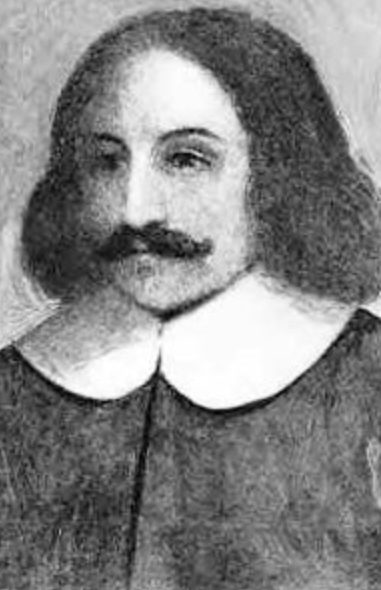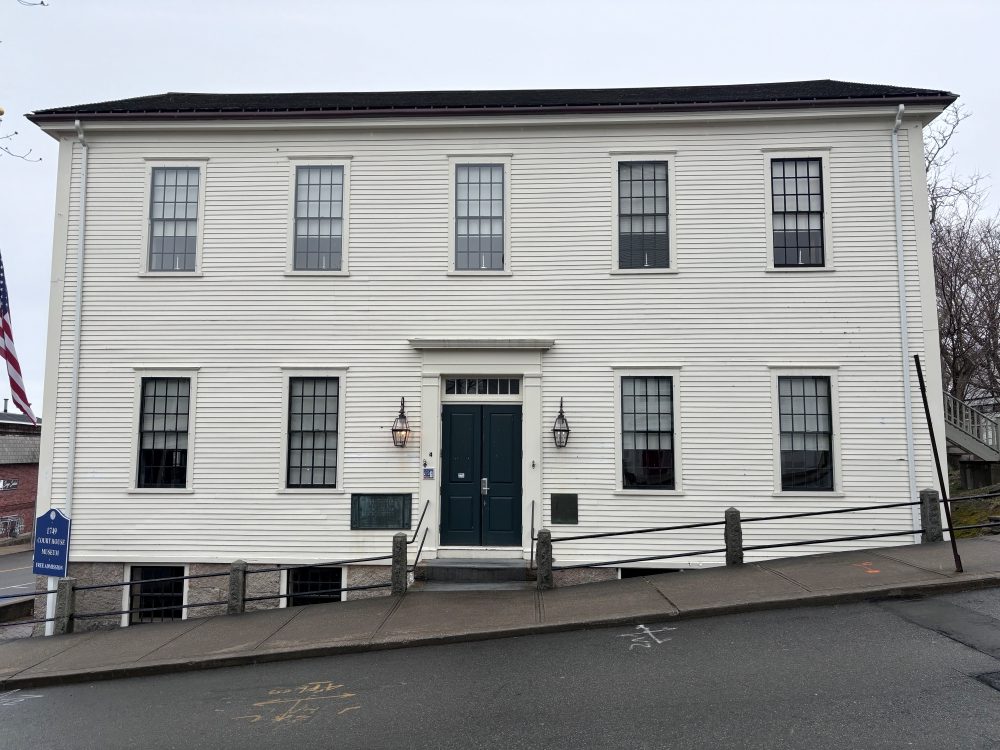Plymouth Town Meeting commences Saturday, April 6, at 8 a.m., at Plymouth North High School. At the meeting, 162 representative members from our town’s 18 voting precincts will gather to discuss and vote on 21 warrant articles, ranging from the general budget to purchasing lawn mowers for the Parks Department.
You could argue that Plymouth’s first town meeting occurred aboard the Mayflower in Provincetown Harbor in the winter of 1620. The Mayflower Compact was one of Plymouth’s first government documents agreed upon by the residents of Plymouth. Still, given that the Mayflower hadn’t yet arrived in Plymouth, we may have to disqualify that event as our first Town Meeting.
After surviving that first horrible winter of 1620 – half the company perished – additional settlers arrived in the fall of 1621. By 1622, with renewed faith that they might pull off a permanent settlement, Governor William Bradford gathered the group as a civic body to discuss dividing land among the residents. It is generally agreed by scholars that this marks the oldest known town meeting in New England.
All well and good that we have the distinction of having the oldest town meeting in New England, but this architect wanted to know – at least to me – a more pressing question: What building was it held in?
We have meticulous records of what was discussed in these town meetings; what we don’t have from Bradford or anyone else is a record of where the event took place. Was it in the Fort-Meeting House or perhaps out in the street? One thing I know for certain: it did not include the women.
We are fortunate that the Plymouth Public Library has digitized a portion of our town records and has made them available online. It is through these records I was able to discover the location of many of Plymouth’s later town meetings.
The first volume of town meeting records covers the period from 1636 to 1705. The records contain fascinating details of juror selections, court representative appointments, as well as humorous details of cattle and swine identification marks and disturbing details of bounties placed on blackbirds. It also contains most of the locations of town meetings. Prior to 1660 the location would vary. The records cite Governor William Bradford’s home, the Meetinghouse built in 1637 on the north side of Town square, as well as the home of Edward Winslow.

After 1661 the records are consistent in listing the Meetinghouse as the location. It’s interesting that the 1682 town meeting discusses the decision to construct a new meetinghouse at the head of Town Square. The Meetinghouse was to have a dimension of 45 feet wide, by 40 feet deep and have walls 16 feet tall. The last mention of a town meeting in the Meetinghouse is noted in 1685. From 1686 until the records end in 1705, there is no mention of the location.
Volume 2 covers the period from 1705 to 1743. No mention of a location was addressed until the two town meetings were called in 1724. One meeting takes place in the Meetinghouse, but curiously the second mentions the Courthouse for the first time. Throughout this period, March is consistently the month in which the meeting takes place, with other meetings held in varying months throughout the rest of the year. As March marked the start of the New Year on the old calendar system, it makes logical sense that Town Meeting would meet at the same time. (January marked the new year in 1752.) The Courthouse remained the venue of choice until 1743, when Volume 2 concludes.
Before jumping into the final volume of our colonial town meeting records, an interesting story and history about the Courthouse should be noted. The Courthouse was constructed on the south side of Town Square by Thomas Willett. Willett acquired the lot from either Eleanor Billington or Edward Winslow, both original settlers. Scholars disagree on who the lot was originally assigned to, but it was Willett who constructed a new home on the lot in c.1637.
Willett was a protege of Myles Standish and upon Standish’s retirement, he assumed the colony’s military leadership role. Willett’s role required extensive travel that would eventually lead to him serving as mayor of New York City. Willett never returned to Plymouth and his home was repossessed by the Colony. Repurposed as a “country house,” the building became a center for the colony’s government activities. In 1670 an addition was built to provide room for the court magistrates. Willett’s house survived until 1698, when it was dismantled but the magistrate addition continued to serve as the courthouse. The next volume of the colonial records (Volume 3) continued the story.
Beginning in 1744, running through the American Revolution, the last volume of colonial records ended in 1783. During the Revolution, land disputes still needed to be resolved, jurors selected, and town officials appointed. The daily business of the town continued despite a war situation. The 1744 town meeting in March was held in the courthouse. In December, town meeting began in the courthouse but concluded in the home of Stephen Churchill. I can only guess that the courthouse lacked sufficient heat to keep the members warm.
In 1748 town meeting must have realized that the building needed replacement. From the record: “The Town Meeting Continued March ye 6th 1748. At sd Meeting a vote was called to know the Towns mind If they would make any addition to the Three Hundred Pounds (old Tenor) already voted Towards The Building a New Court House. Voted In ye affirmative. And Then voted That ye Town will add to their former vote for Building a Court House In Plymouth The Sum of Seven Hundred Pounds, old Tenor and that one half of said sum be Levyed on ye Poles & Estates within the Town this year 1749 and the other half the next year after and that ye whole sum be paid in to ye County Treasury, Provided That ye Court of General Sessions for this County at ye next Sessions shall order that ye sd Court House shall immediately be Built and That ye Town have the Priviledge of Transacting their Public affaires In ye same so long as the sd House shall stand.”
There is no mention of the construction itself, removal of the old building, or when it was completed. We do know the builder/architect was Peter Oliver, a judge from Middleborough. It is also believed that the barrel-vaulted ceiling built for the magistrate building remains to this day.
Town meeting continued in the new 1749 Courthouse until the volume concluded in 1783. I’m going to assume that the meetings continued in the building until the partnership between the town and county ended in 1821. In 1820 the County erected a new courthouse (our present Town Hall) and sold the building to the town.
The public records for town meeting dated 1784 to 1864 are only accessible to the public through the Town Clerk’s office. We are fortunate that William Davis, who wrote extensive histories of Plymouth, transcribed the records from 1636 to 1783. His death occurred while he was transcribing the remaining records. Plymouth began publishing town meeting records in 1864.
I was surprised that the first two hundred years of our Town Meeting took place in so few buildings and impressed that one of those buildings survives to this day. I’m looking forward to sharing some tidbits about the second 200 years of Town Meeting prior to our Fall Town Meeting. They took place in multiple buildings (lucky for me!) and, as expected, had a fair amount of drama.
I’m wishing our members a quick Town Meeting this spring, free of conflict (hah!). Above all, I’m grateful to the Town Meeting members for conducting the business of our town. I’m sure that sentiment is shared with me by the folks who helped me with this article: Historian Jim Baker, Former Selectmen David Malaguti and Ken Tavares, and former Town Clerk Larry Pizer.
Bill Fornaciari, a lifelong resident of Plymouth, is the owner of BF Architects in Plymouth. His firm specializes in residential work and historic preservation. Have a comment, question, or idea for this column? Email Bill at billfornaciari@gmail.com.

